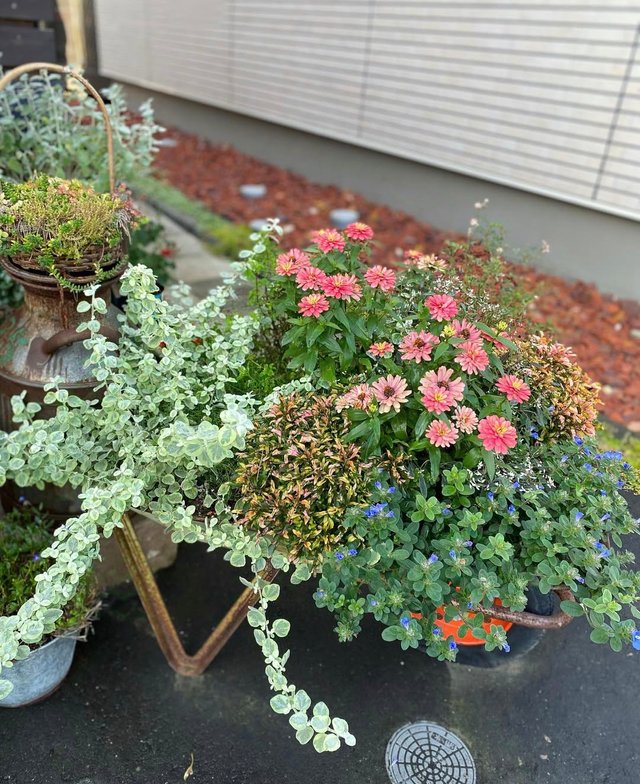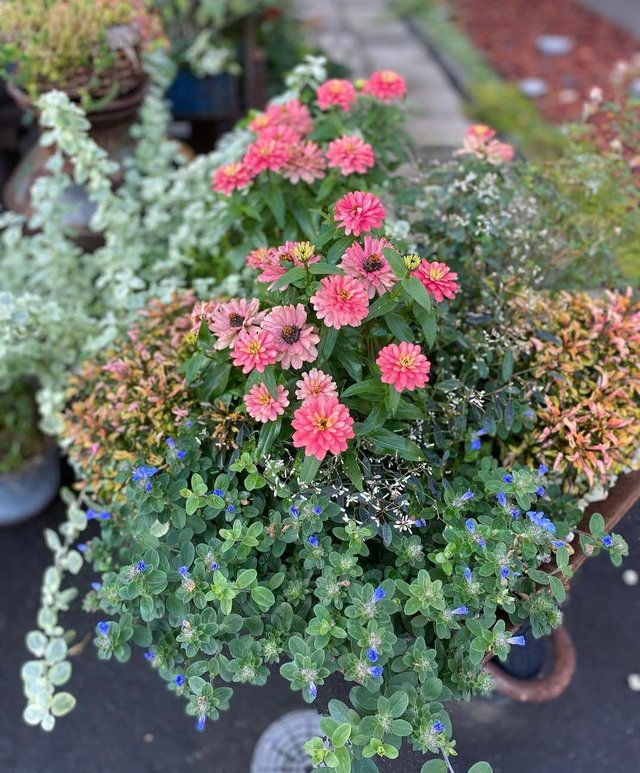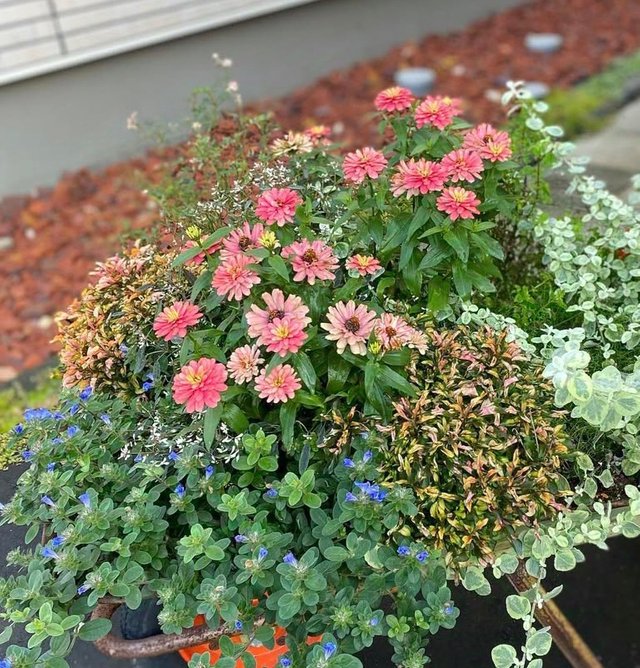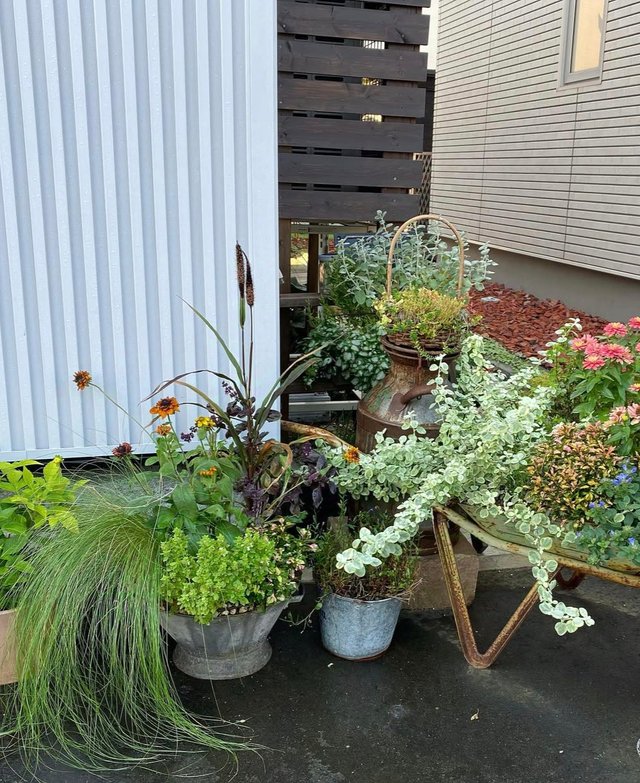



Common zinnia (Zinnia elegans) is a popular garden flower loved for its vibrant colors, ease of care, and versatility. These cheerful blooms are a staple in gardens worldwide and bring a splash of color to any landscape.Variety of Colors: Zinnias come in an array of shades, including red, orange, pink, yellow, white, and even bi-color patterns.Long Blooming Season: These hardy flowers bloom from late spring to the first frost, providing continuous beauty.Different Forms: Zinnias feature a range of flower shapes, such as single, double, and semi-double blooms, with petals arranged in layers.Height Options: With varieties ranging from dwarf types (6 inches) to taller plants (up to 4 feet), zinnias are suitable for borders, containers, or cutting gardens.
Pollinator-Friendly: Bees, butterflies, and hummingbirds are attracted to zinnias, making them excellent for supporting your local ecosystem.Low Maintenance: They thrive in full sun with well-drained soil and are drought-tolerant once established.
Perfect for Bouquets: Zinnia flowers are long-lasting when cut, making them a favorite for floral arrangements.
Planting: Sow seeds directly into the garden after the last frost. For earlier blooms, start seeds indoors 4-6 weeks before transplanting.Spacing: Provide proper spacing (6-18 inches) to allow good air circulation and prevent powdery mildew.Watering: Water at the base of the plant to avoid wetting the leaves, which helps reduce disease.Deadheading: Remove spent blooms to encourage continuous flowering.Zinnias are native to Mexico and are named after Johann Zinn, an 18th-century German botanist who first described the flower.Whether you’re a novice gardener or an expert, the common zinnia is a rewarding plant that brightens gardens and attracts beneficial wildlife. Consider adding this delightful flower to your garden for effortless charm and beauty!